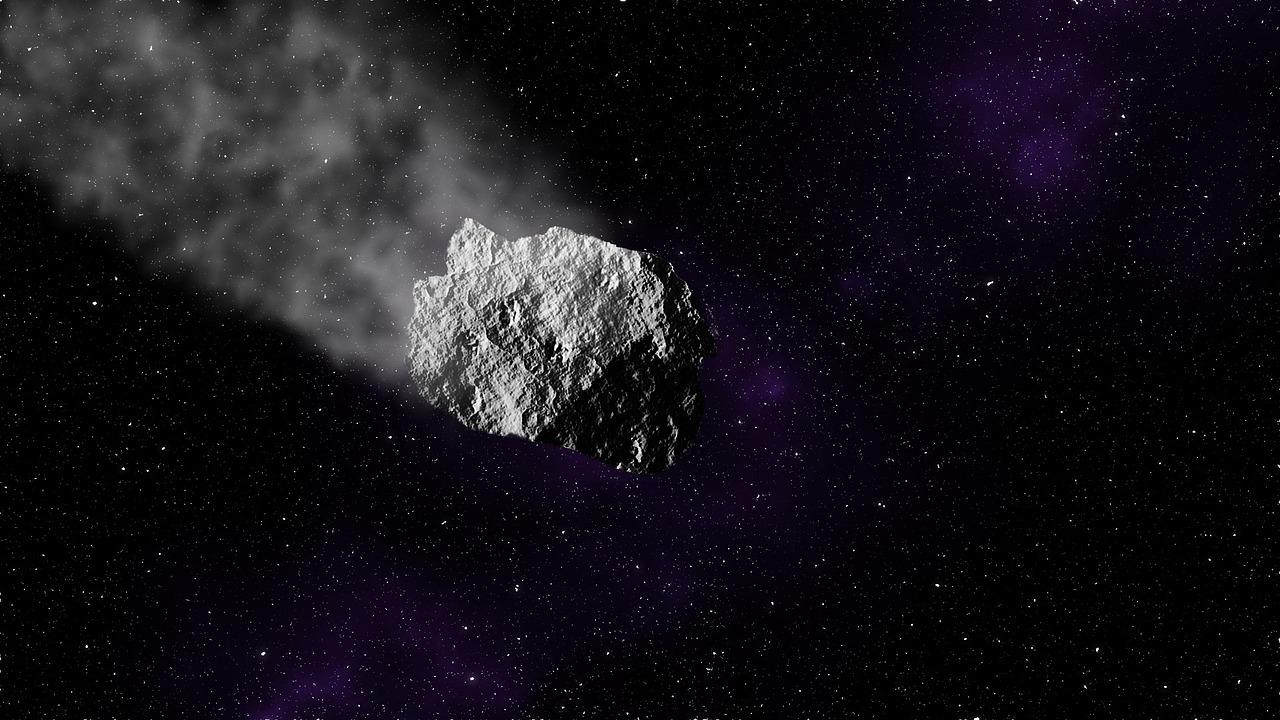“City Killer” Asteroid With the Power of a Nuclear Bomb Came Uncomfortably Close to Earth This Week and Nobody Saw It Coming
InstantWeather
It has been quite the week when it comes to space weather with a meteorite lighting up the sky across Southern Ontario early Wednesday morning. And now scientists have revealed that they have discovered an asteroid named Asteroid 2019 OK earlier this week and only figured out the magnitude of it just hours before it came within 73,000 kilometres of the earth as reported by NASA. For comparison, the moon is over 5 times that distance at approximately 380,000 kilometres away so that’s relatively close even though it seems like a large number.
According to The Washington Post, it was already expected that a few asteroids would pass by earth this week and pose no threat. So, for most scientists, it didn’t raise any alarm bells when reports began flowing in about an asteroid that brushed by the earth on Thursday (July 25). After information about the size of the rock was released, it was then realized that this asteroid wasn’t among the ones they were tracking and it had remained undetected until it had passed by.
The Washington Post interviewed Alan Duffy, who is lead scientist at the Royal Institution of Australia and he was stunned after looking up the details on the big rock that just whizzed past the earth undetected. It was travelling at 24 kilometres per second and had an estimated width of 57 to 130 meters whereas the typical asteroid that comes close to earth travels around 4 to 19 kilometres per second. Although, it was nowhere close to the asteroid that resulted in the dinosaur extinction and NASA has already identified more than 90% of large asteroids with a width of more than 800 meters.
Regardless, if this asteroid ended up crashing into the earth it could have caused devastating damage in the area that it hit. Duffy calls it a “city killer” because most of the asteroid would have made it to the ground and resulted in an impact similar to a very large nuclear bomb or 10 megatons of TNT going off. There hasn’t been an asteroid of this magnitude to strike the earth in over a century when what is known as the Tunguska event in 1908 caused the destruction of over eighty million trees in a remote part of Siberia. In more recent history, a much smaller meteor with a width of around 20 meters (about 3 to 6 times smaller than Asteroid 2019 OK) caused over 1,000 injuries and significant structural damage when it broke up over Chelyabinsk, Russia in 2013.
So why didn’t scientists notice this asteroid well before it came close to the earth? The problem is that this asteroid is in a sort of grey zone where it can cause significant destruction but can’t be easily detected, unlike larger asteroids. As Duffy puts it, ″You’re really relying on reflected sunlight, and even at closest approach it was barely visible with a pair of binoculars.”. Not to mention it also requires that someone is looking in the right spot at the right moment to detect it and the asteroid would only be bright enough to spot once it’s close to the earth, not giving much lead time.
Sweet dreams!
Author: Brennen Perry
Sources:
www.science.nasa.gov/science-news/science-at-nasa/2008/30jun_tunguska